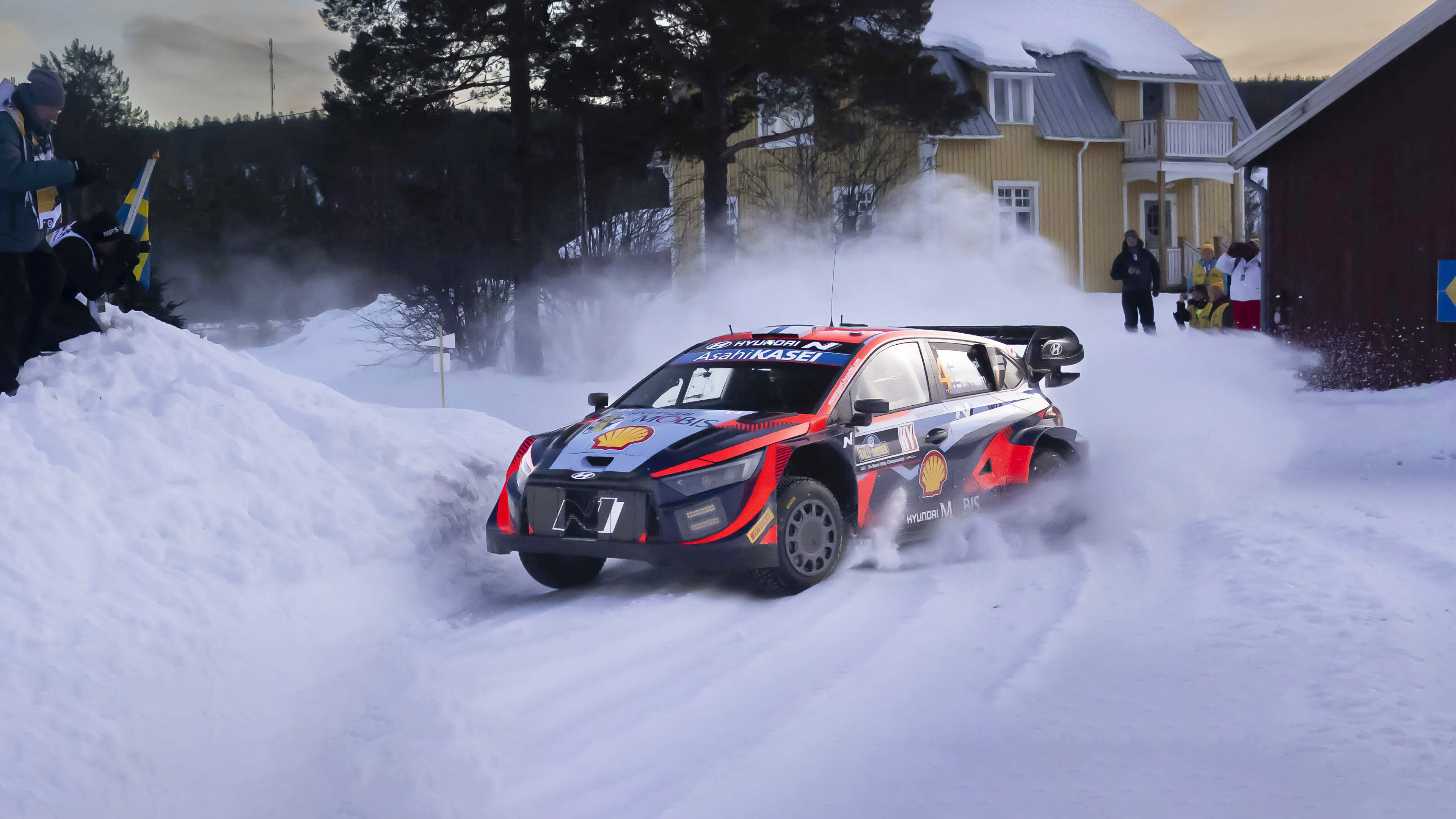
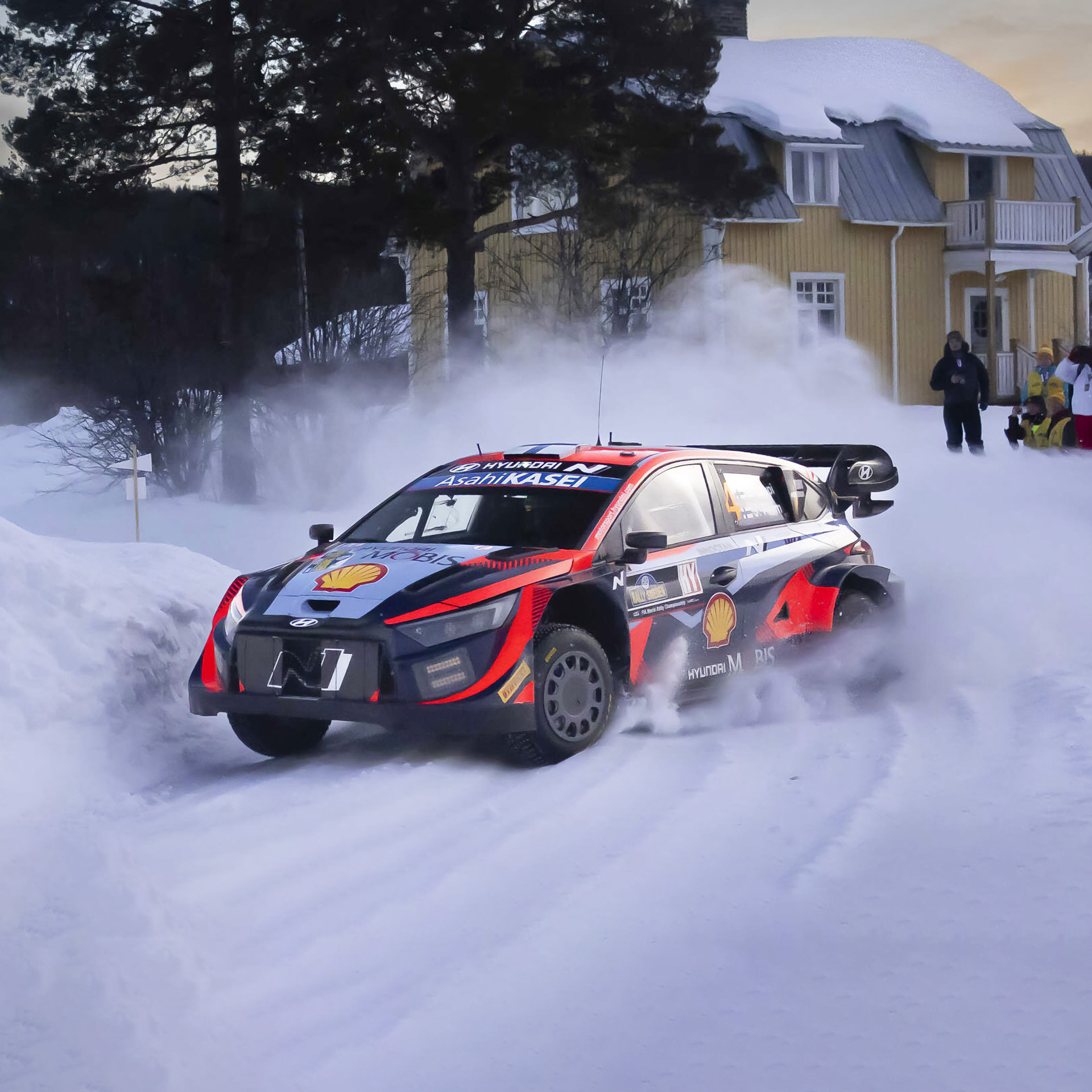


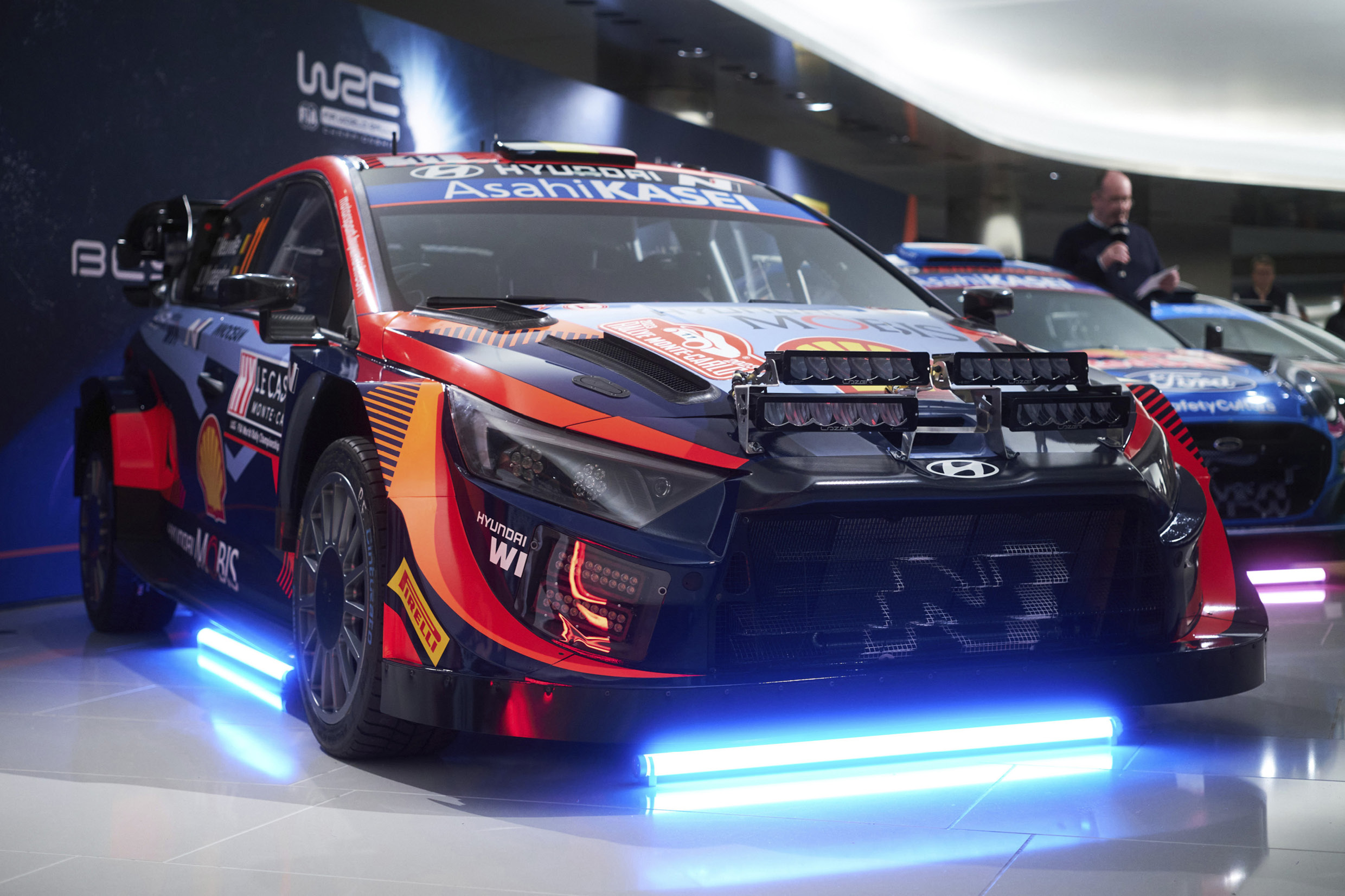
After 25 years, the era of the World Rally Car was over at WRC last year, and the era of the Rally 1 car has begun. Influenced by environmental crises and sustainability, the drivetrain has become a hybrid. The story doesn’t end here; Various regulations were refined to reduce costs for participants - such as simplifying the aerodynamic design or eliminating the need for a center differential. The maximum output of over 500 horsepower and the steel pipe space frame remind us of the race cars of the Group B era in the 1980s, but the Rally 1 car is a rally car of a new era that also accommodates the needs of the times, such as a hybrid drivetrain and carbon-neutral fuel.
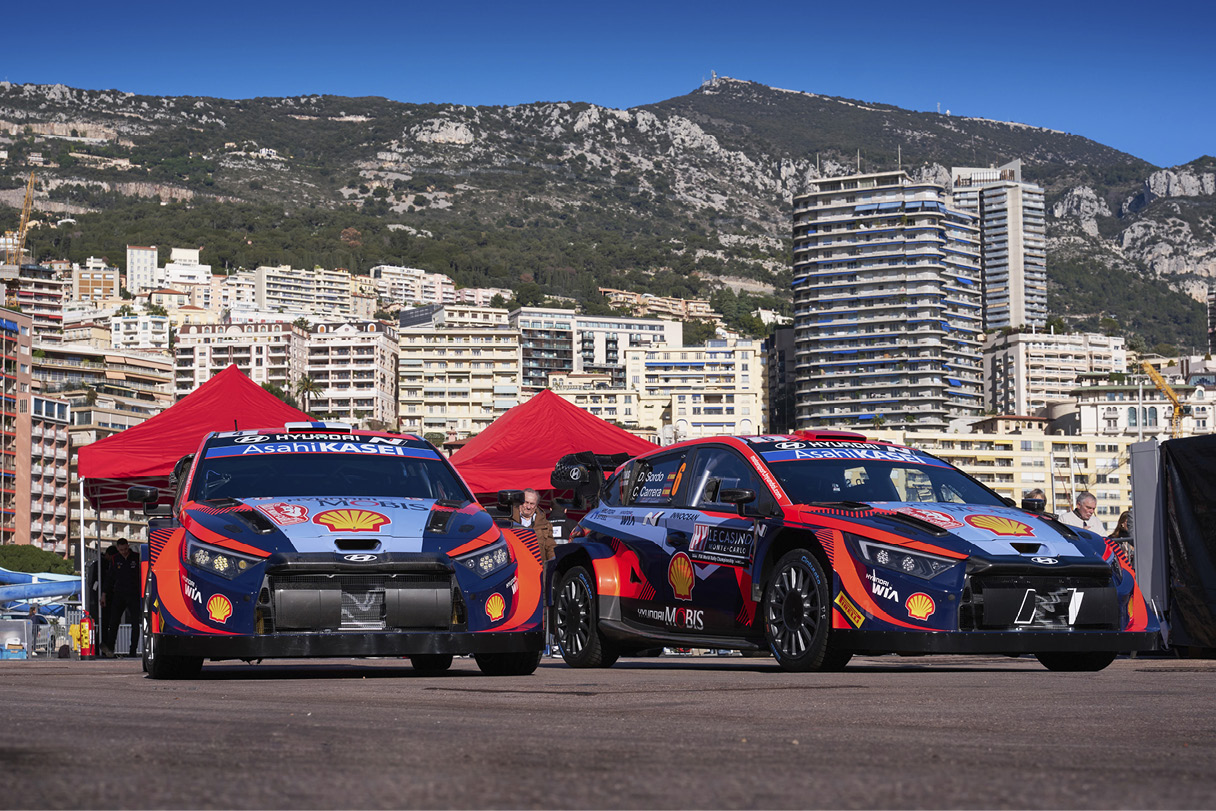
As environmental problems become more serious than ever, regulations on emissions around the world are also rapidly strengthening. Now, the end of internal combustion engines has become an irresistible reality, and emission-free vehicles such as electric vehicles and hydrogen fuel cell vehicles have begun to replace them. Motorsport is no exception. Race cars that burn a lot of fuel in a short time and boast explosively high power have become enemies of environmental activists. Companies that can’t ignore this trend, either, don’t want to spend any extra money on advertising in the world of fossil fuel-burning motorsport.
F1 introduced the Kinetic Energy Recovery System (KERS) in 2009, and in 2014 completely switched to a hybrid that combined a V6 1.6L engine, motor, and energy recovery system. The endurance race (WEC) symbolized by Le Mans also tested alternative fuels such as bioethanol in the mid-2000s, and in 2009, Peugeot introduced an energy recovery system and started transferring to hybrid.
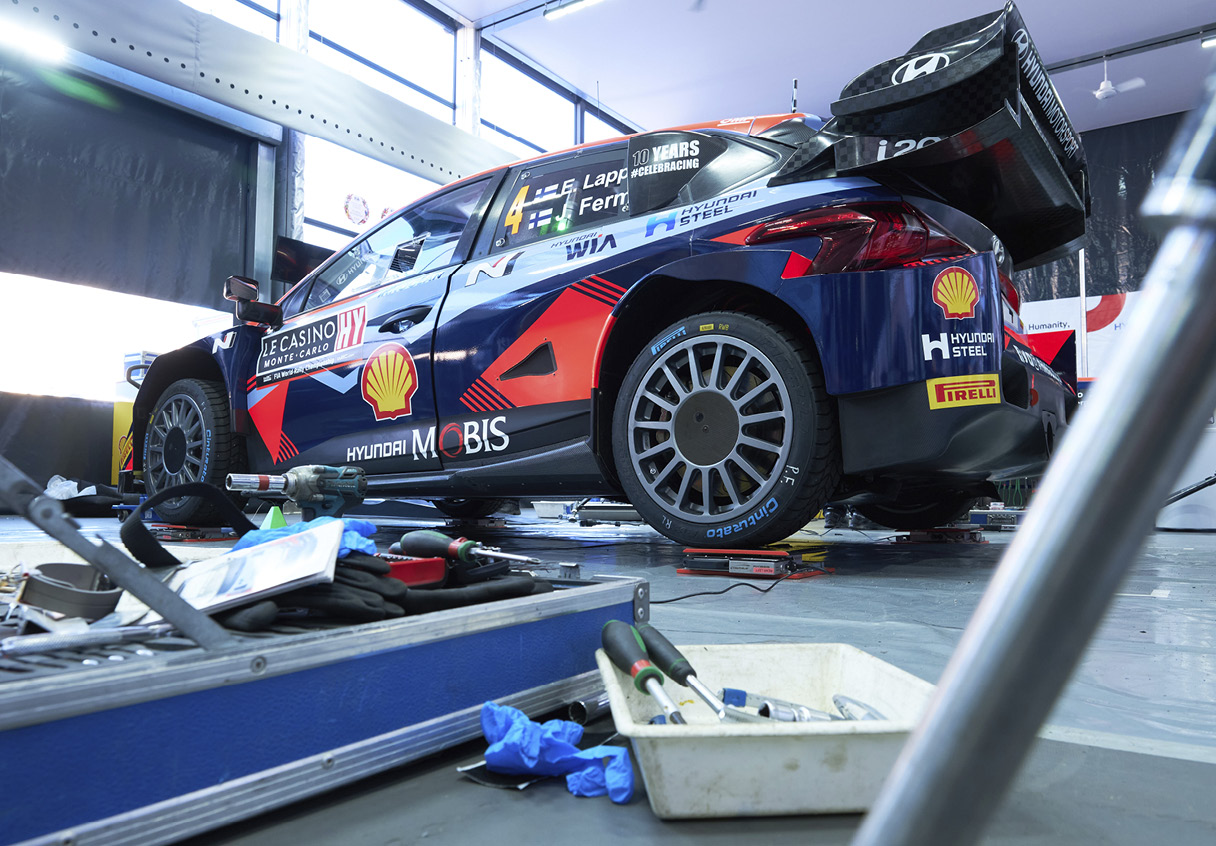
It’s a bit late, but the WRC also introduced Rally 1 rules that replace World Rally Cars from last year. It is a hybrid rally car with a 100kW motor and battery added to the current engine. Some may wonder if it would be better to switch to an electric car if it is for the environment. But the reality is not so easy. When a car squeezes power to its limit, the battery quickly runs out. However, too many batteries will not only make the car too heavy and expensive, but will also increase the charging time. This is the current limitation of electric vehicles in the world of motorsport. So, only some short-distance races such as ETCR (electric touring car), Rallycross, and Hill Climb Racing are introducing electric vehicles.
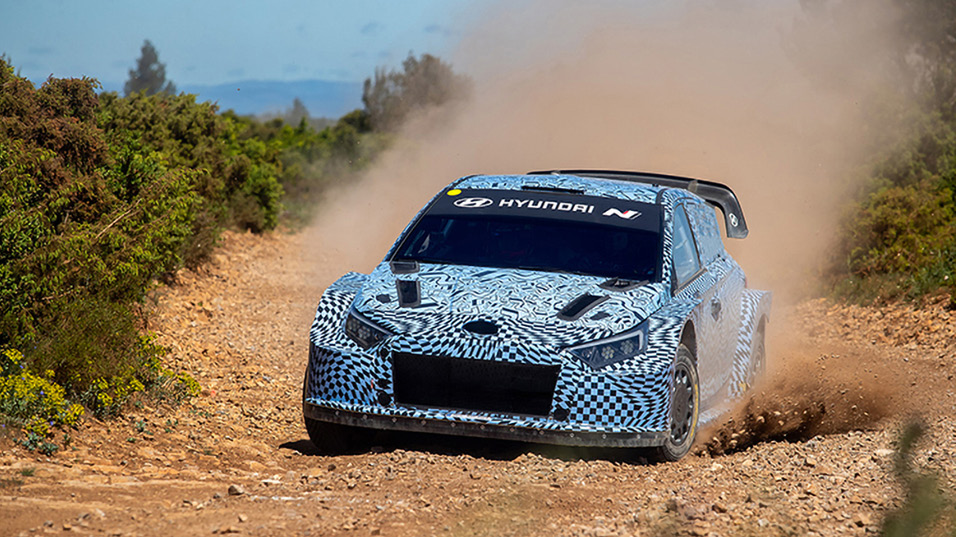
As can be seen in F1 and endurance racing, hybrids cause skyrocketing development costs due to their unique complexity. WRC decided to supply the same hybrid package to all teams so as not to make the same mistake. Inside the long rectangular carbon case given equally to everyone lies a 100kW (134 horsepower) MGU (Motor Generator Unit) that serves as both a power source and generator, a 3.9kWh 750V battery, and an inverter controller. The 87kg hybrid unit sits horizontally near the rear seat and turns the propeller shaft. This device was developed and produced by Compact Dynamics in Germany.
Since the Rally 1 car added a motor of more than 100hp to the current 1.6L turbo engine that produces 380hp, it can instantaneously emit more than 500hp and 500Nm of torque. However, when the motor releases power, and how much more, depends on the mode. There are a total of three mode choices, which cannot be changed during the stage.
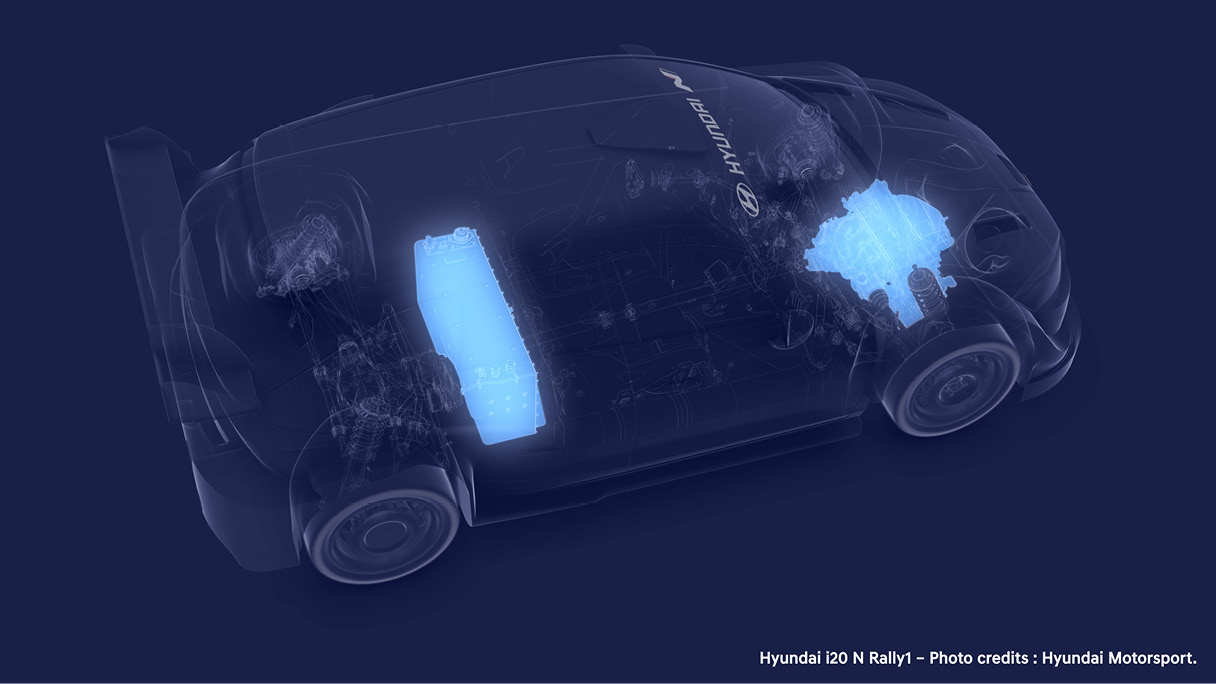
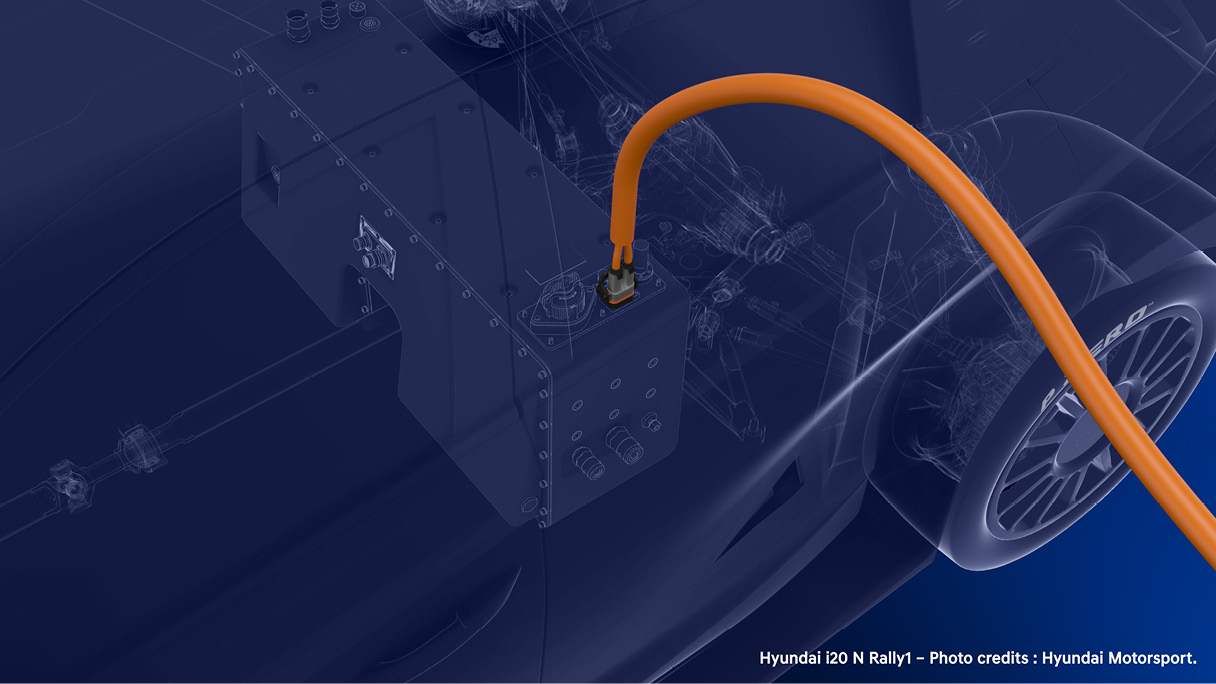
Outside of service parks, at some designated points, called HEV zones, drivers must turn off the engine and run on motor only. At last year’s Monte Carlo Rally, the HEV section was 3.65km long, taking up only 0.3% of the entire course. This is very small in terms of range, but considering the battery capacity it is a very pragmatic choice. The 3.9kWh battery can only drive 20km in EV mode even when fully charged. Compared to the Niro Hybrid, its battery capacity is doubled (1.56 kWh) and the motor output is tripled (32 kW vs 100 kW). The plug-in hybrid can be charged externally and can be fully charged in about 30 minutes. In addition, regenerative braking works to charge the battery whenever the accelerator is off or the brake is pressed while driving.
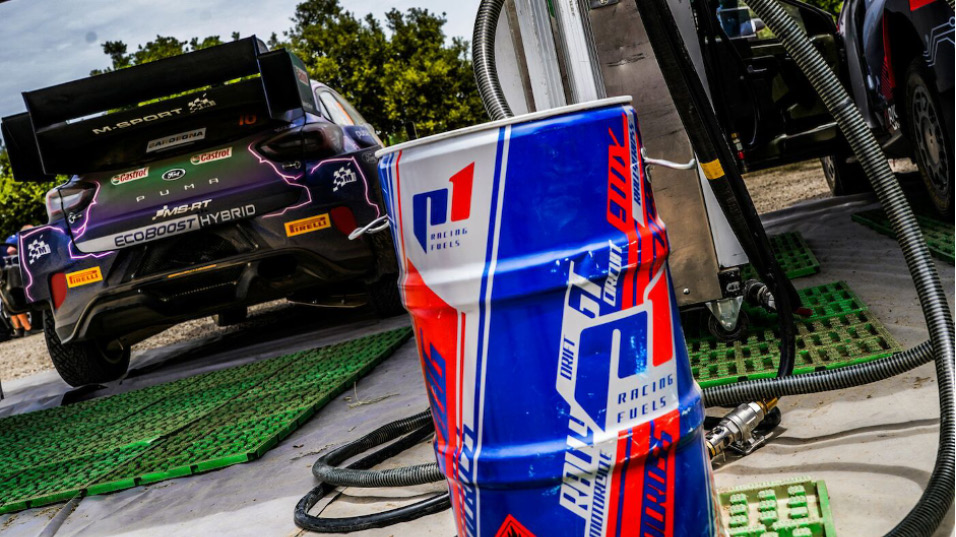
The engine is the same 1.6L turbo spec that World Rally Cars had; But the fuel is different. Engines under the new regulations do not use fossil fuels made from petroleum in the ground. Instead, carbon-neutral raw materials are used to reduce carbon emissions as much as possible. Among the world championships organized by the FIA (Federation Internationale de l’Automobile), Rally 1 was the first to introduce it.
The new fuel of P1 Fuel is a mixture of biofuel obtained from plants and e-Fuel obtained by synthesizing hydrogen and carbon dioxide. Although the auto industry is rapidly transitioning to electric vehicles, many internal combustion engine vehicles are not going away any time soon - hence carbon neutral fuels. However, it still needs more time: more research is needed on its combustion properties, etc., and it is expensive.
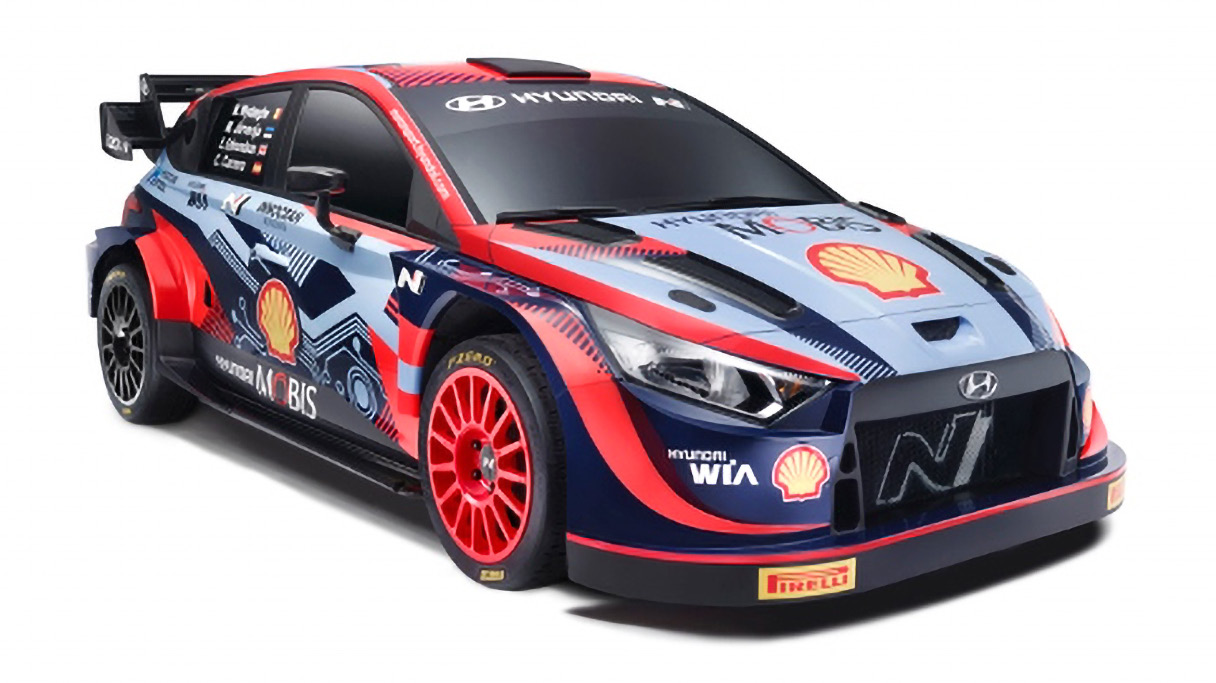
WRC cars have already been rally cars since the days of World Rally Cars. Unlike Group A cars, which were relatively close to mass-produced cars, a wide range of modifications were possible, including drivetrains, engines, and aerodynamic parts. Still, the skeleton (chassis) was taken from a mass-produced car, so the exterior hasn’t changed much. On the other hand, even the chassis of the Rally 1 car is made of space frames. It’s a mass-produced car on the outside, but on the inside, it’s completely a rally car.
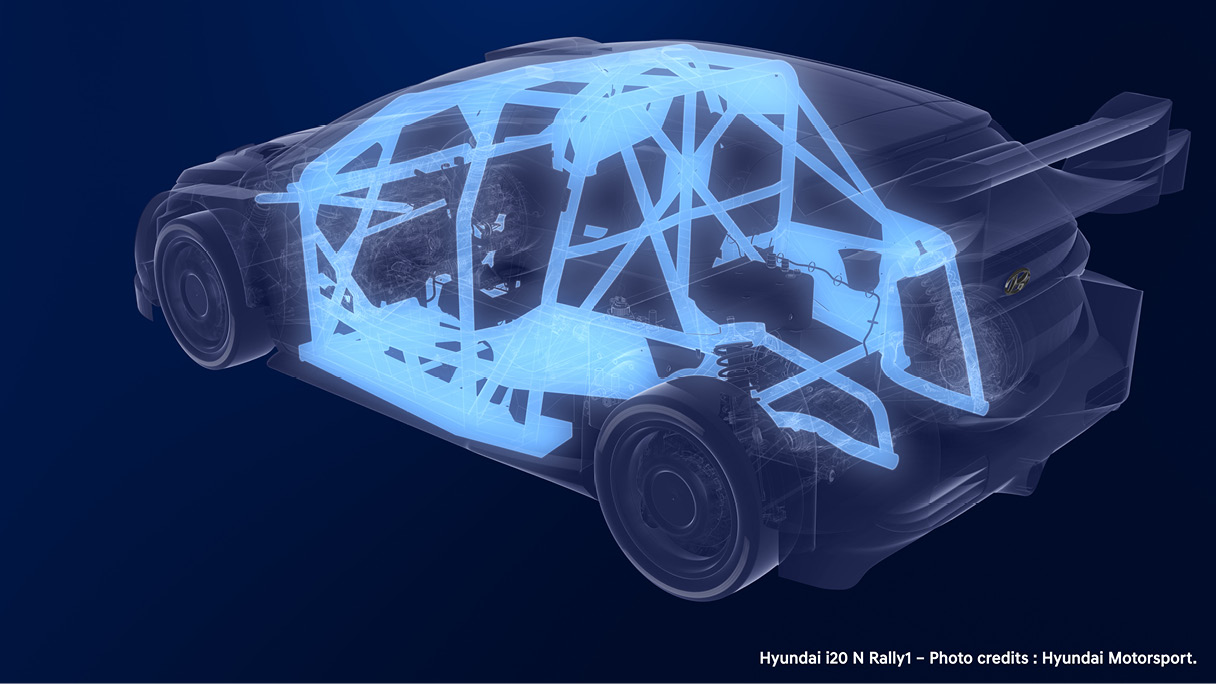
The space frame made of steel pipes is for securing the safety of a race car with a hybrid package. This structure reappeared long after there was Group B in the WRC in the 1980s. The same goes for NASCAR, a popular touring car race in the United States. Compared to mass-produced vehicle chassis with different configurations and shapes, the new frame can effectively complete a high-rigidity safety cell.
According to FIA tests, the Rally 1 chassis can absorb 70% more impact from the front, 51% from the side and 115% more from the roof compared to the old one. However, that does not mean that Rally 1 will completely stop using parts from mass-produced cars. The windshield, bonnet, tailgate, and surrounding parts of the doors are still from mass-produced vehicles. Considering the hybrid package, the minimum weight has also increased. It is 1,260kg, an increase of 70kg from the previous 1,190kg.
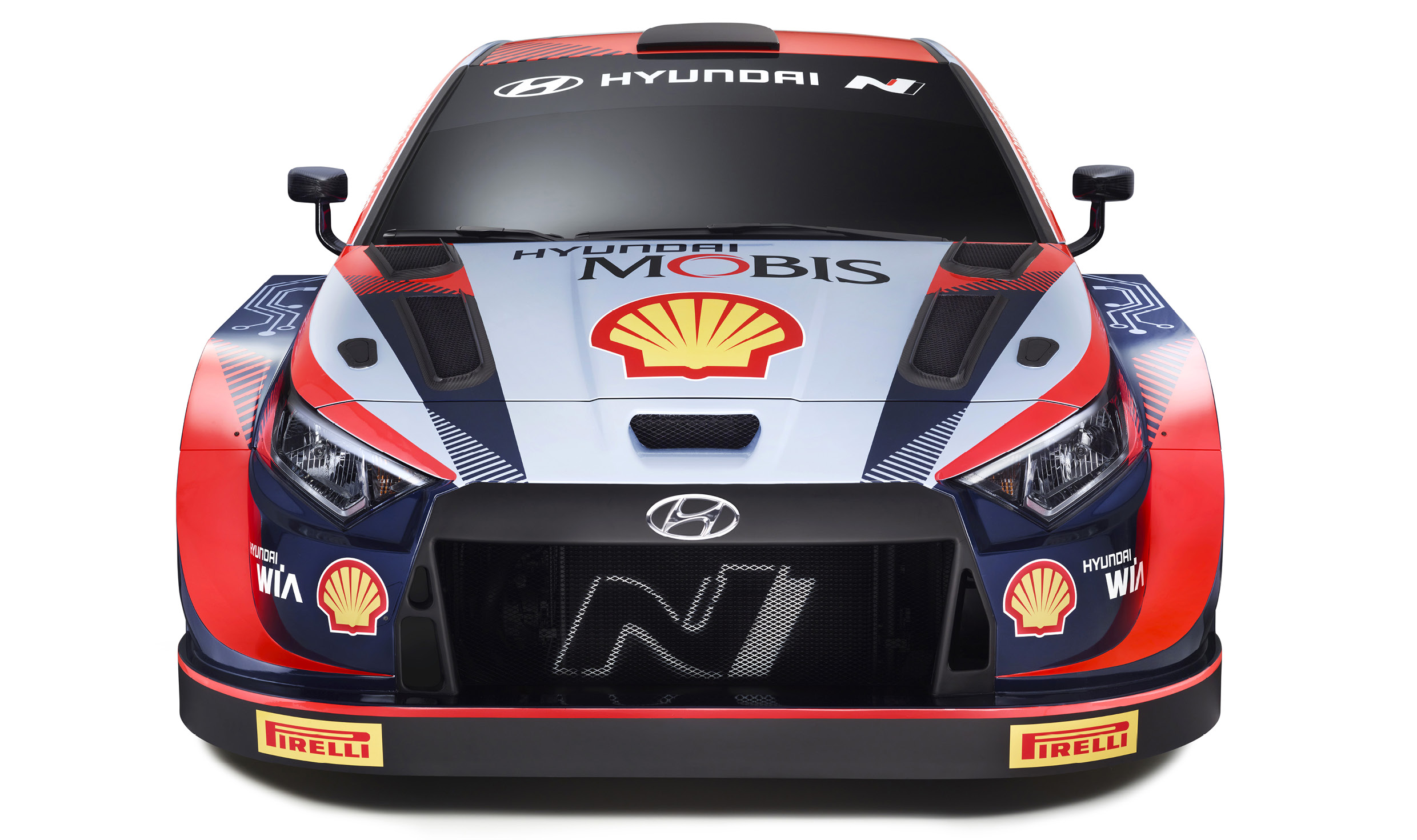
A hybrid system that needs to organically combine separate power sources, such as an engine and a motor, inevitably causes an increase in cost. This not only puts pressure on the current manufacturers, but can also be a barrier to new teams. Therefore, the FIA also made efforts to reduce costs, such as supplying the same hybrid package described above.
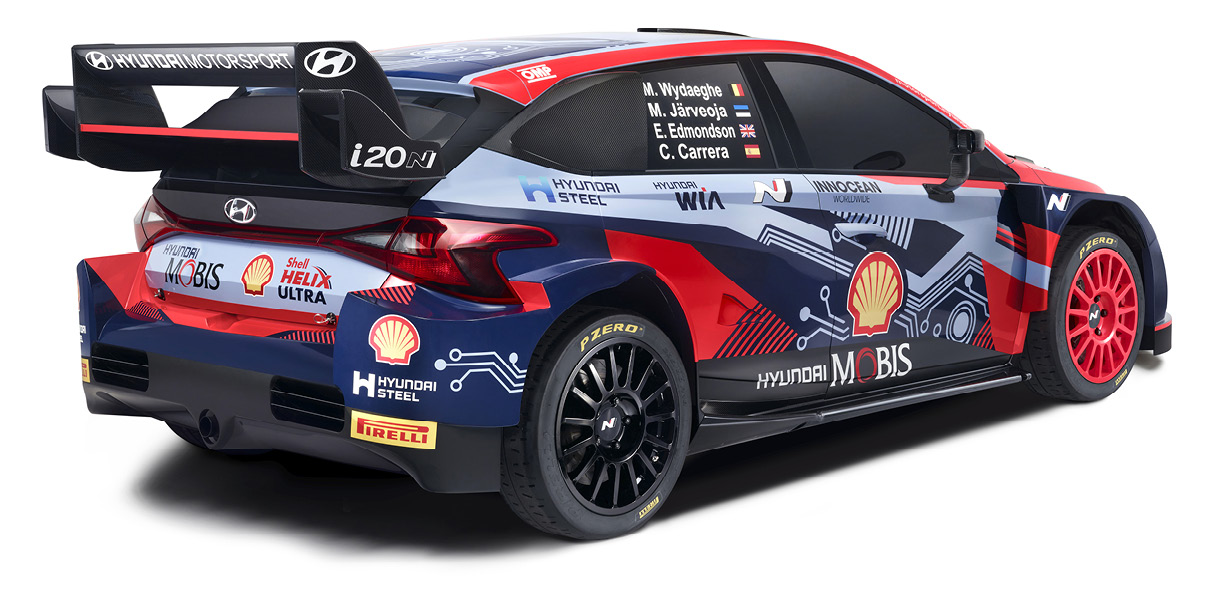
The simplification of aeroparts also prevents cost increases. This has brought some changes to the looks of the race car as well. Under the new regulations, the complex air splitter around the front bumper and the rear diffuser are gone. Teams are working in their own way to deal with the reduced downforce compared to World Rally Cars. Some things have been added - like a separate air duct for cooling the hybrid system. In the case of the Hyundai World Rally Team i20 N Rally 1, air is sucked in through the flat intake duct behind the side window, and the air cooled by the radiator is discharged through outlets on both sides of the rear bumper.
In addition, the six-speed transmission was reduced to five, and paddle shifters were banned. Also gone is the center differential, fixing the front-to-rear drive force distribution at 50:50. In addition, several factors that affect performance and cost have been simplified - such as the suspension structure or reduced wheel travel (the vertical movement of the suspension).
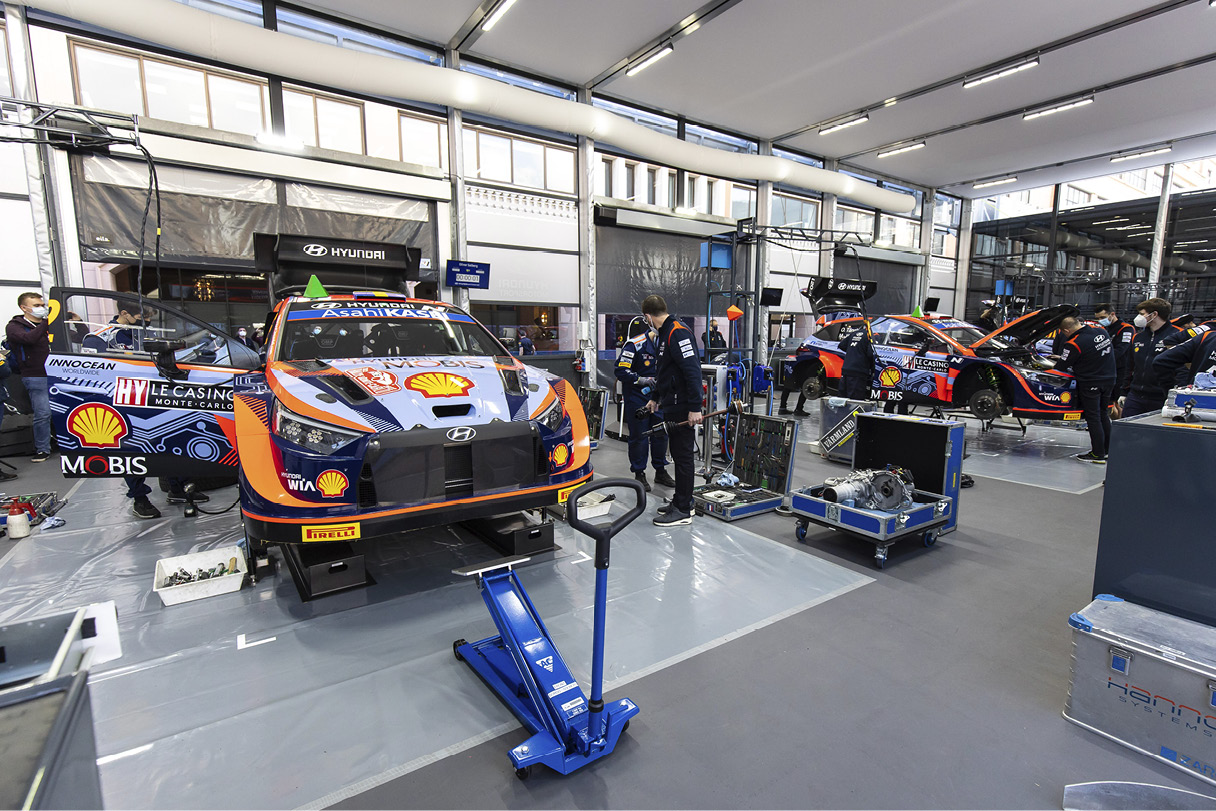
A 750V high voltage battery can electrocute you. However, in WRC, there are not only team crews who touch the cars, but also drivers and co-drivers who have to fix the cars themselves during the race. So, WRC made sure to equip the car with an insulated glove that blocks up to 1,000V. In addition, the FIA conducted a campaign for spectators, because it is common in WRC for spectators to push or pull the cars when they fall into a ditch or roll over during a race. In addition, before a person approaches the car, they must first check the notification lights on the front and side windows that inform whether the hybrid is operating. When it’s green, it means it’s safe to touch it, and when it’s red or off, it means it’s not.
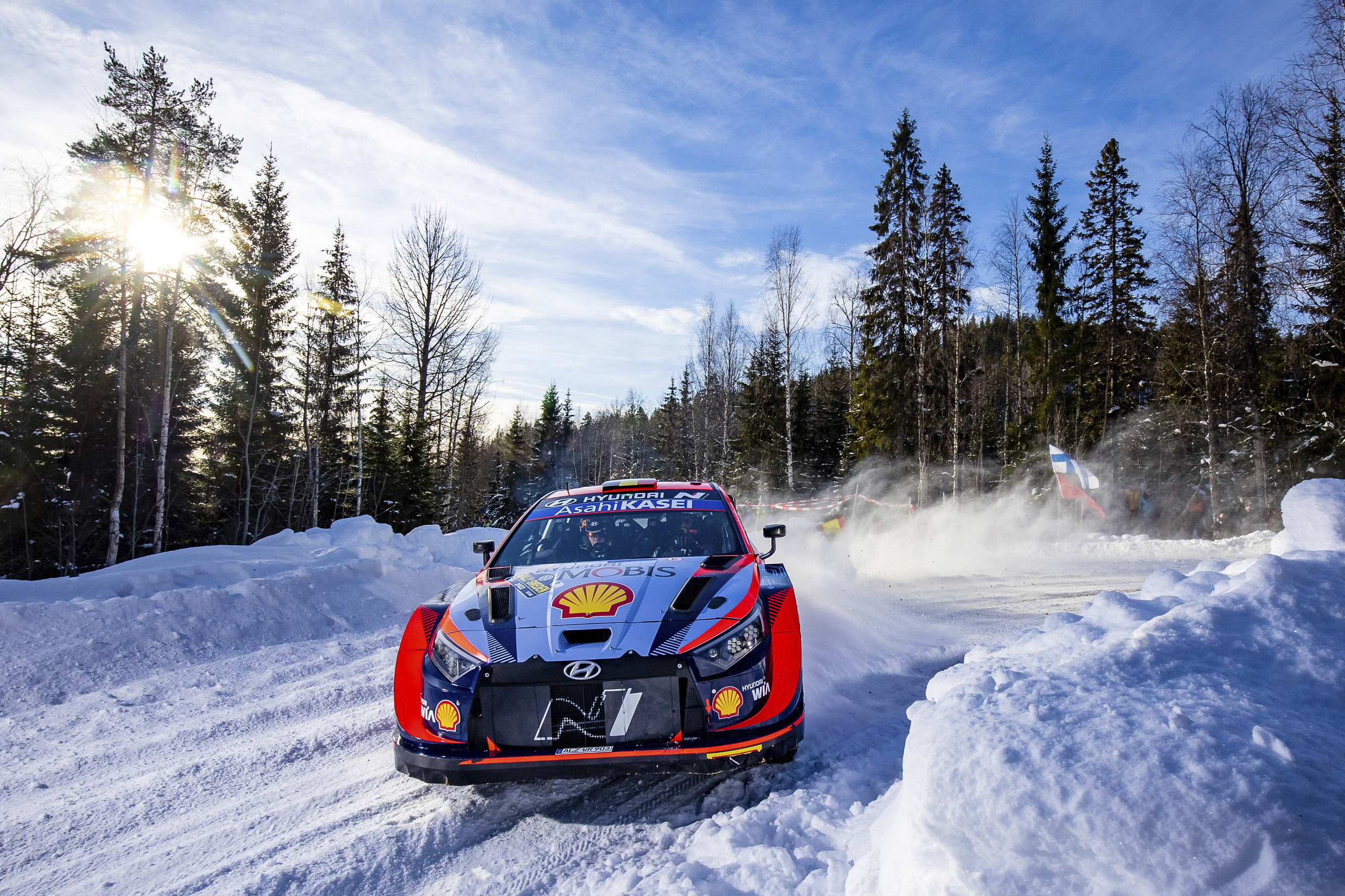
The hybrid system is difficult for drivers to fix immediately, and the rules are strictly set for safety. As a result, Ott Tänak and Elfyn Evans, who were competing for the championship title in Sweden last year, were forced to retire. Even if the engine was on and the car could move, the regulations prevented the driver from driving further when the hybrid warning light was on or the activation light was off. This is just a safety precaution, but there may be victims because of it. So, FIA reduced penalty for missing stages due to hybrid failure; competitors get to lose just two minutes instead of ten.
By Sujin Lee, automobile critic
Excited about the 1991 establishment of the first domestic auto mania magazine 〈Car Vision〉, I sent a series of long letters there that led to an unexpected hire. After becoming an editor and the Editor-in-Chief for 〈Car Life〉 and 〈Car Vision〉, I have started a new career as an auto critic. My recent interests include cutting-edge techs like electric cars, connected cars, and autonomous driving, but the ‘otaku’ in me doesn’t want internal combustion engines to disappear either.
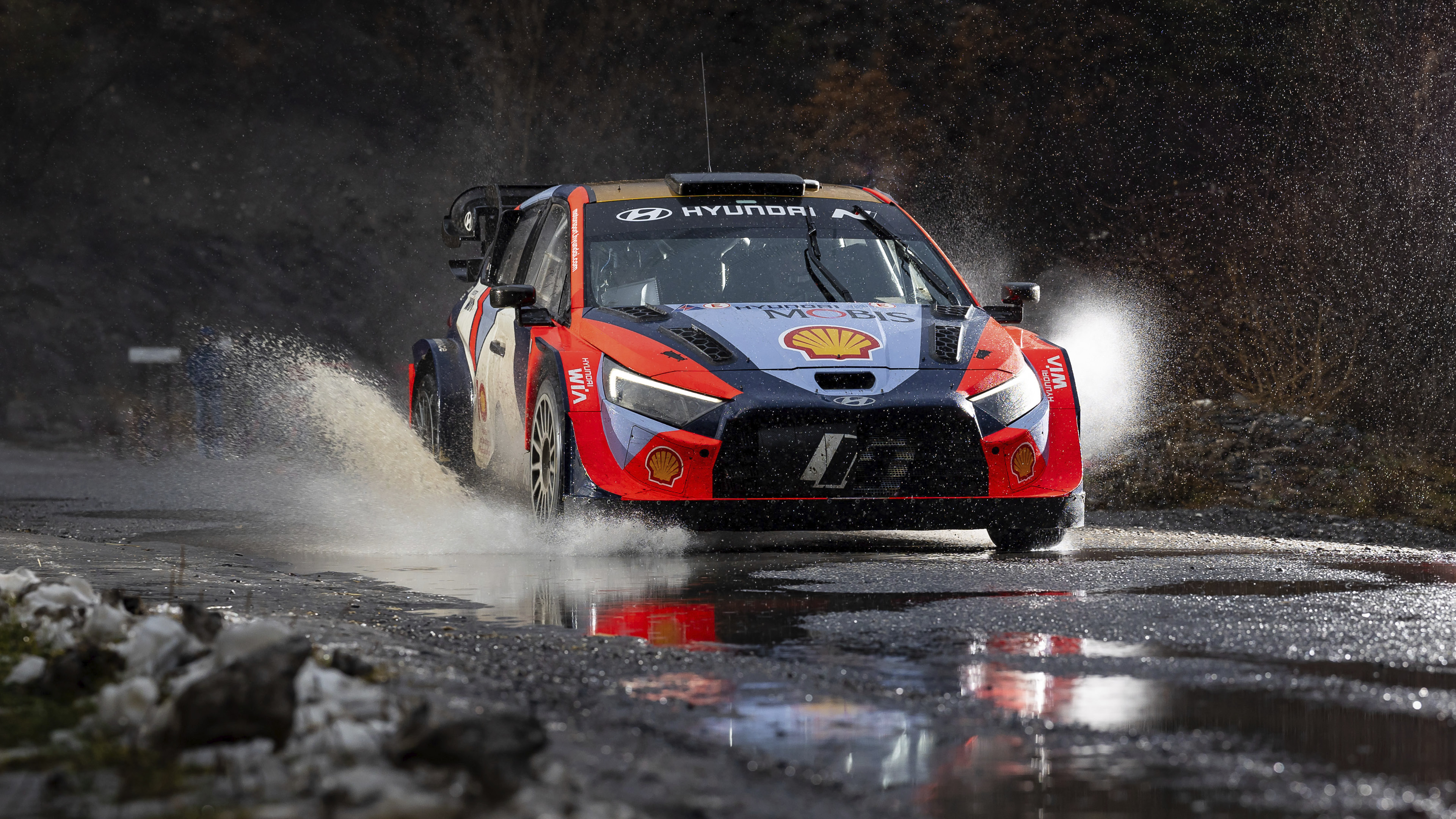
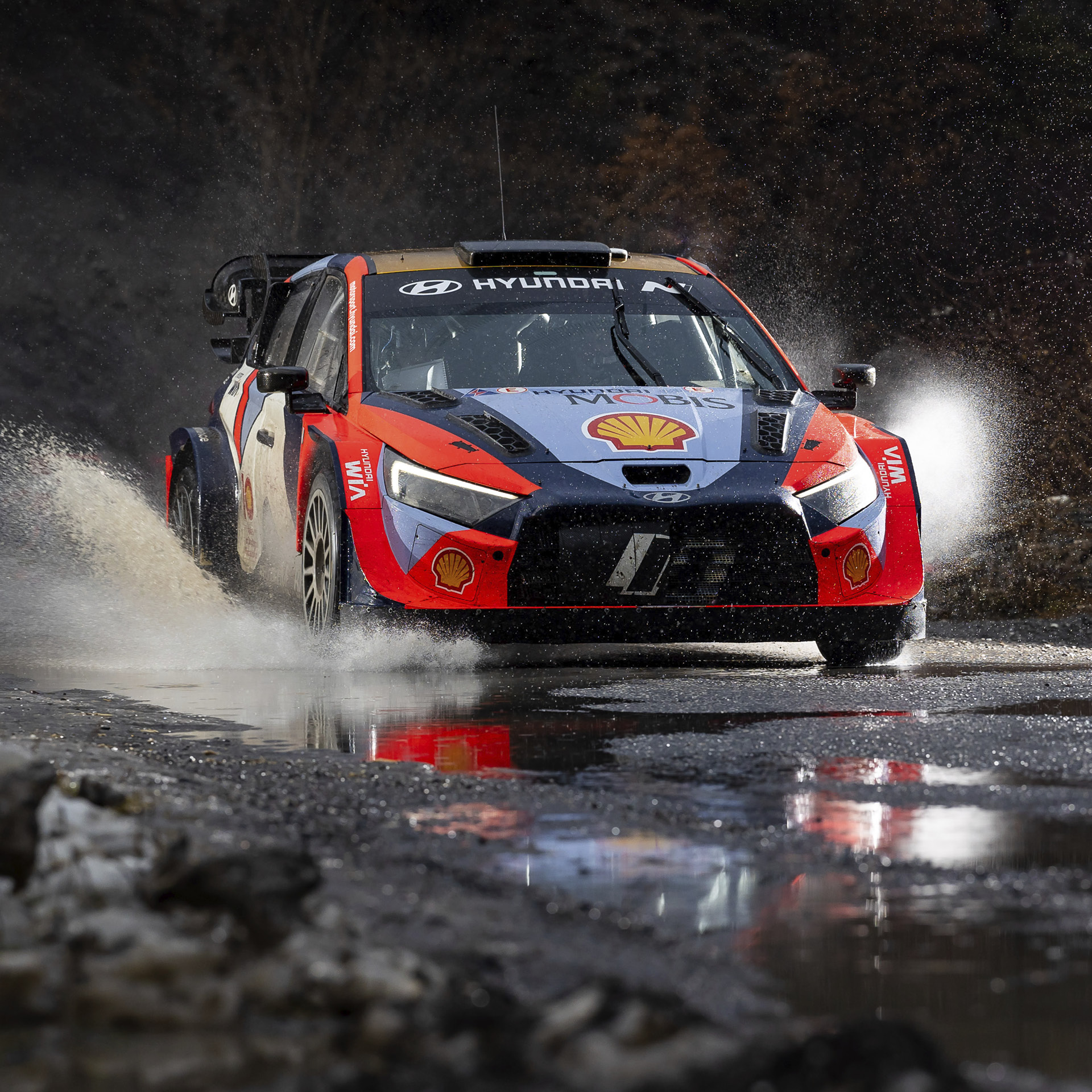
So, What’s New for The 2025 World Rally Championship?
2025.02.12 13min read